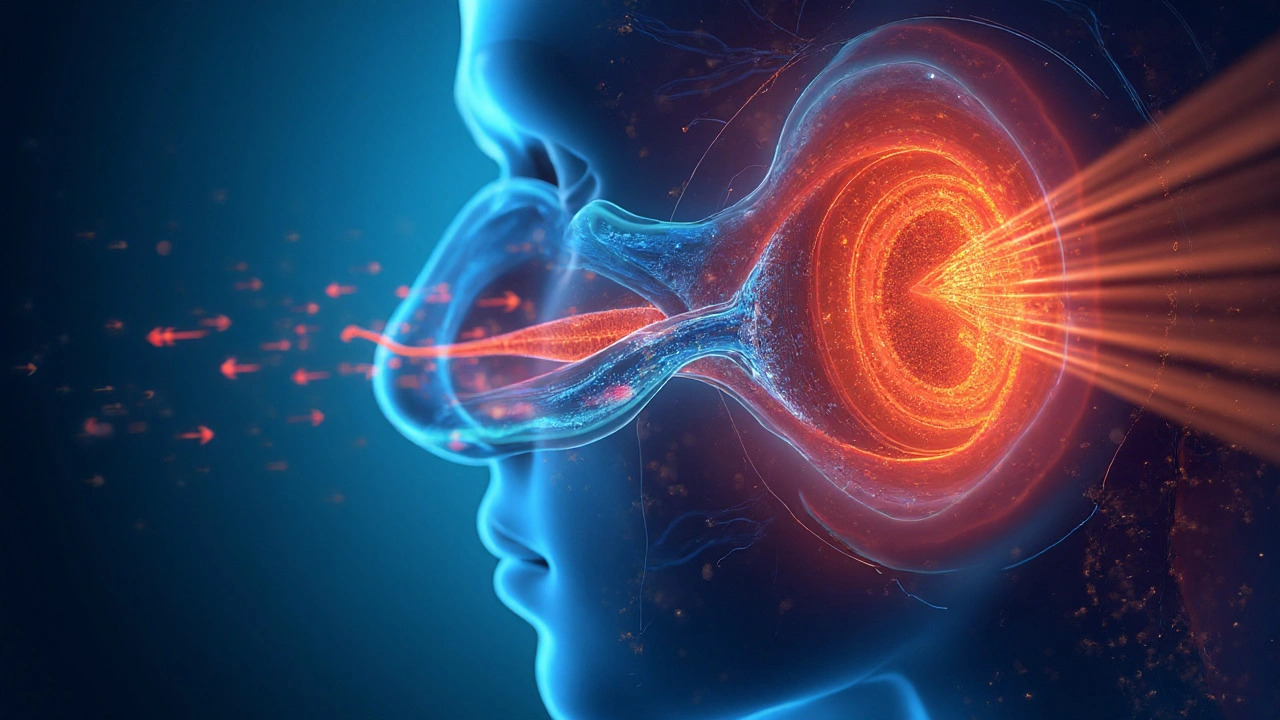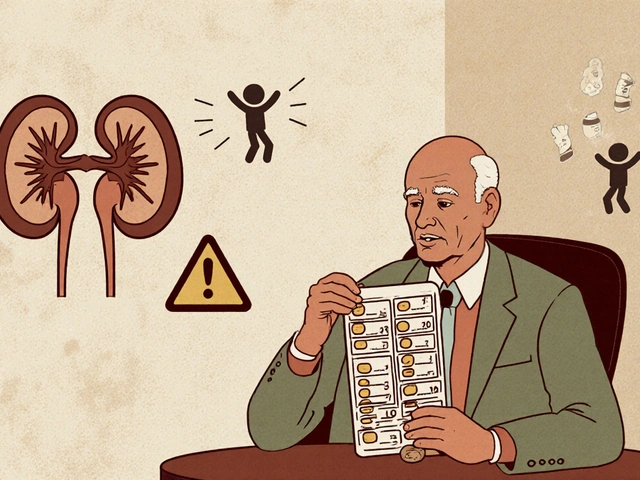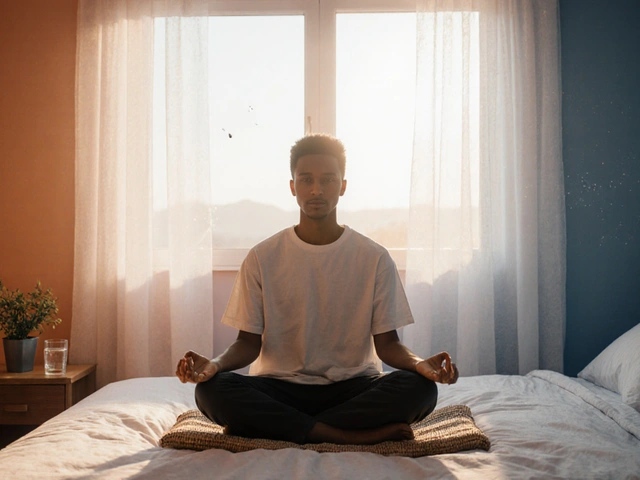Motion Sickness: What It Is and How to Beat It
When dealing with Motion Sickness, a common form of nausea triggered by movement, especially in cars, boats, or planes. Also known as travel nausea, it stems from a mismatch between the inner ear’s sense of motion and what the eyes see. Motion sickness often hits people who read while moving or who stare at a fixed point inside a moving vehicle.
One of the go‑to treatments is Antihistamines, medications that block histamine receptors to calm the vestibular system and reduce nausea. Over‑the‑counter options like dimenhydrinate and meclizine are popular because they work quickly and are easy to carry. Another proven option is Scopolamine, a prescription patch placed behind the ear that releases medication over several days to prevent symptoms before they start. For those who prefer natural remedies, Ginger, a root known for its anti‑nausea properties, can be chewed, sipped as tea, or taken as capsules. Understanding how each of these helps you can make a big difference on a long trip.
Why Your Inner Ear Matters
The Vestibular System, the balance organ located in the inner ear, sends motion signals to the brain. When those signals conflict with visual cues, the brain reacts with nausea, cold sweats, and dizziness – the classic motion sickness triad. Children and pregnant women are especially sensitive because hormonal changes can amplify the vestibular response. Knowing this link explains why looking at the horizon or closing your eyes can sometimes ease symptoms.
Beyond medication, simple behavior tweaks work wonders. Sitting in a seat that faces forward, keeping your head still, and getting fresh air are low‑cost tricks that complement antihistamines or scopolamine. Eating a light snack – like crackers or a banana – before travel can stabilize blood sugar and reduce the urge to vomit. Hydration also helps; dehydration can worsen nausea, so sip water throughout the journey.
If you’re a frequent traveler, building a personal “motion‑sickness kit” is smart. Include an over‑the‑counter antihistamine, a prescription scopolamine patch (if you’ve spoken with a doctor), a small pack of ginger candies, and a water bottle. Rotate the strategies you use to see what works best for you. Most people find that a combination of a mild antihistamine and ginger tea offers quick relief without side effects.
Now that you understand the main causes and the proven remedies, you’ll be ready to pick the right approach for your next trip. Below you’ll find a curated list of articles that dive deeper into each treatment, travel‑specific tips, and the science behind why motion sickness happens. Use them to fine‑tune your plan and stay comfortable wherever the road, sea, or sky takes you.

Explore the science behind motion sickness and dizziness, how the vestibular system creates conflict, and proven ways to prevent and treat these unsettling sensations.
Continue Reading





